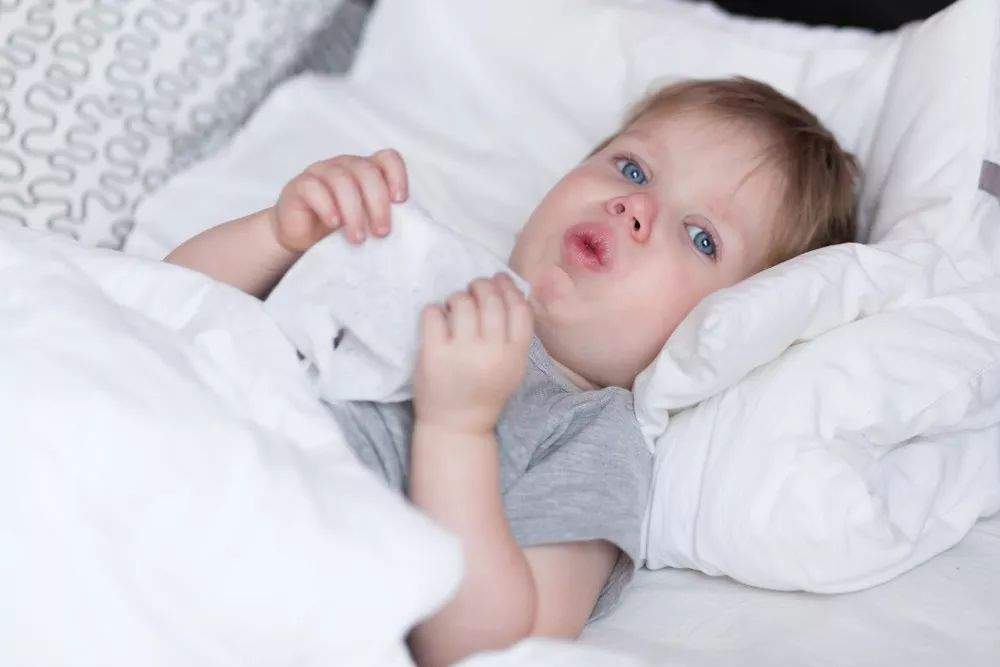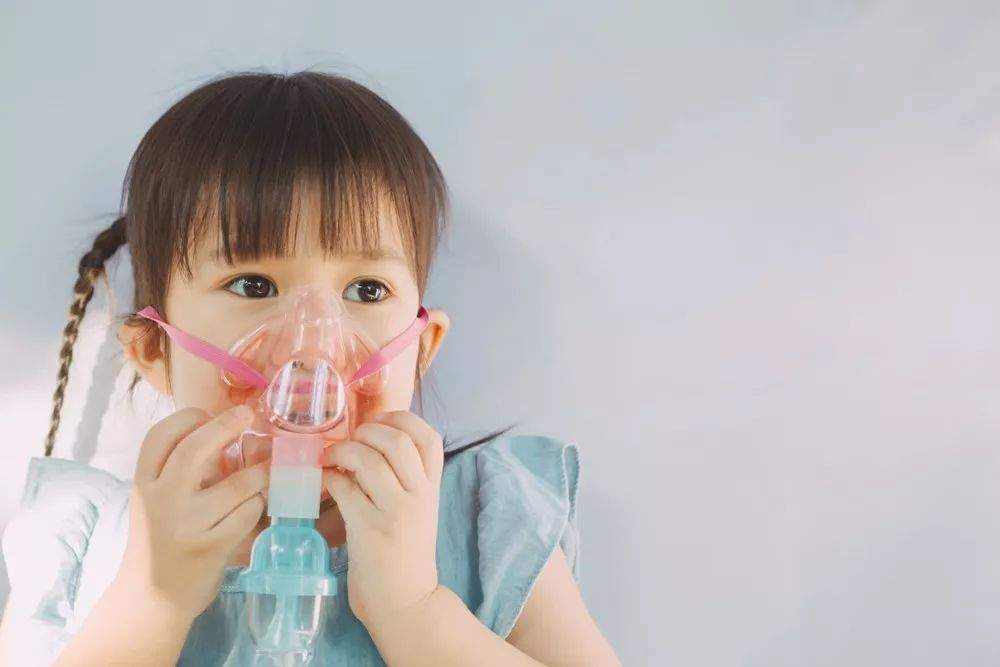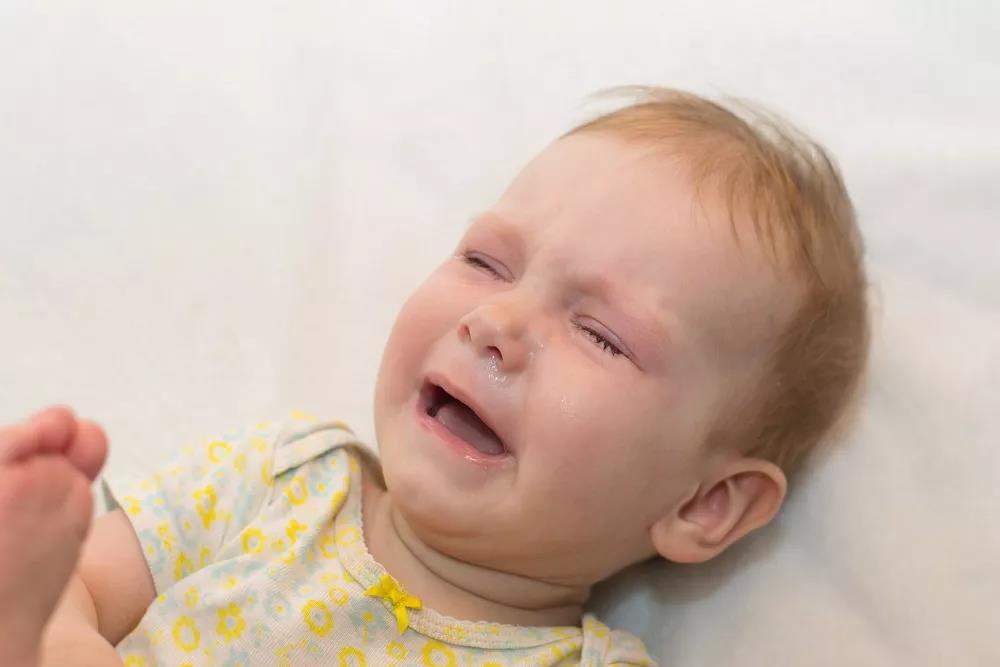If you compare a disease that you don’t want your children to suffer from, pneumonia will definitely be in the forefront.
Pneumonia is the most common serious disease among children, and it is also one of the leading causes of threatening children’s lives and causing children’s deaths.
The number of deaths caused by pneumonia worldwide is only less than that of premature infants. Especially for young babies, the incidence and mortality rate of pneumonia are higher. 156 million pneumonia cases worldwide occur in children under the age of 5 every year.
Therefore, once a child has cough symptoms, parents often begin to worry: does the child have pneumonia if he has a bad cough?
Today, let’s tell parents about pneumonia.
The child’s cough is not good. Is he suffering from pneumonia?

Many parents think that if cough cannot be stopped, it will become pneumonia.
Let’s make it clear here: First of all, not all coughs turn into pneumonia; Secondly, pneumonia is not caused by cough.
In fact, cough is only a protective reflex of the body. Whether it is rhinitis, tonsillitis, pharyngolaryngitis, tracheitis or pneumonia, as long as the respiratory tract is infected, there will be symptoms of cough. Therefore, cough does not necessarily mean pneumonia.
For pneumonia, long-term cough is the result, not the cause. In other words, it is precisely because of the existence of pneumonia that children will cough more than once, not because of long-term cough.
The immune system is immature and children are prone to pneumonia.

Since cough is not the cause of pneumonia, how did the child get pneumonia?
Age is a very important factor.
Because the child is relatively young, the physiological characteristics at this time are that the barrier function of respiratory tract will be relatively weak and the immune system will be immature, so it is vulnerable to pathogens infection in the air.
The upper respiratory tract infection is not easy to control and often spreads to the entire respiratory tract. When the pathogen enters the lower respiratory tract, it is pneumonia.
Children have these three conditions, be careful of pneumonia

1. Children’s Breathing Rate Accelerates
The most typical manifestation of pneumonia is dyspnea and faster breathing.
Parents can judge by counting the number of breaths for their children. When the child is not crying, open the child’s clothes and count the ups and downs of the chest.
According to the WHO Plan for Prevention and Treatment of Acute Respiratory Infection in Children, the criteria for shortness of breath in children are:
- < 2 months old, breathing ≥ 60 times/minute; 2 ~ 12 months old, breathing ≥ 50 times/minute; 1 ~ 5 years old, breathing ≥ 40 times/minute; ≥ 5 years old: respiratory rate > 30 beats/minute.
Once shortness of breath is found, parents should pay special attention.
2. High fever and severe cough
The child suffered from a persistent high fever, with his body temperature exceeding 38.5 ℃ and lasting for more than 3 days.
At the same time, the child’s cough is severe. It is too serious to stop, which affects the child’s eating and sleeping. Sleep will cause a cough to wake up, or when the cough finally stops, the face will hold red or purple.
3. Children’s mental fatigue and loss of appetite
Children with pneumonia are usually mentally tired, looking very tired and panting. When breathing, they can see their nostrils flapping or their chests fluctuating up and down.
Appetite will also drop, the amount of milk eaten will obviously decrease, but the time spent eating milk will be prolonged, because there is no way to finish the milk at one time, and only when you stop to rest can you have the strength to continue eating.
Even some children will have purple lips and nails.
It should be noted that due to the individual differences of children, the above symptoms may not all appear. Therefore, the suggestion is to ask the doctor as early as possible as long as there is one and the child looks mentally ill!
